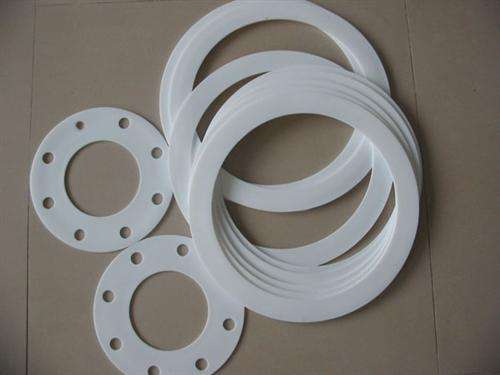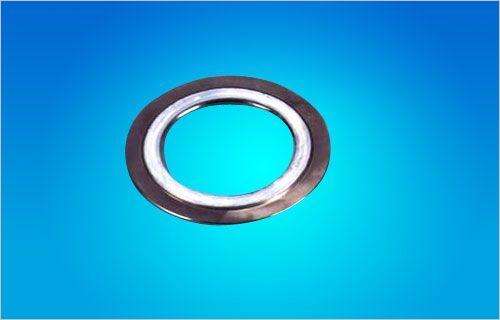3, corrosion of seal ring of PTFE gasket manufacturer's products. Chemical changes occur in the medium and the wear resistance also decreases. Third, the impregnation depth of the resin is not enough. When the impregnation layer is worn away, the wear resistance decreases. F4 is filled with glass fibers, for example, cracks are first generated in the weak areas, and then develop to deeper depths, resulting in cracks. The cracks in the seal ring are generally radially divergent and may be one or more. Graphite powder, metal powder, etc. to improve its temperature resistance, wear resistance. Corrosion of filled F4 rings mainly refers to the selective corrosion, dissolution or deterioration of the filling. As in hydrofluoric acid, glass fiber molecules are hot-etched, so what should be filled depends on the circumstances.

